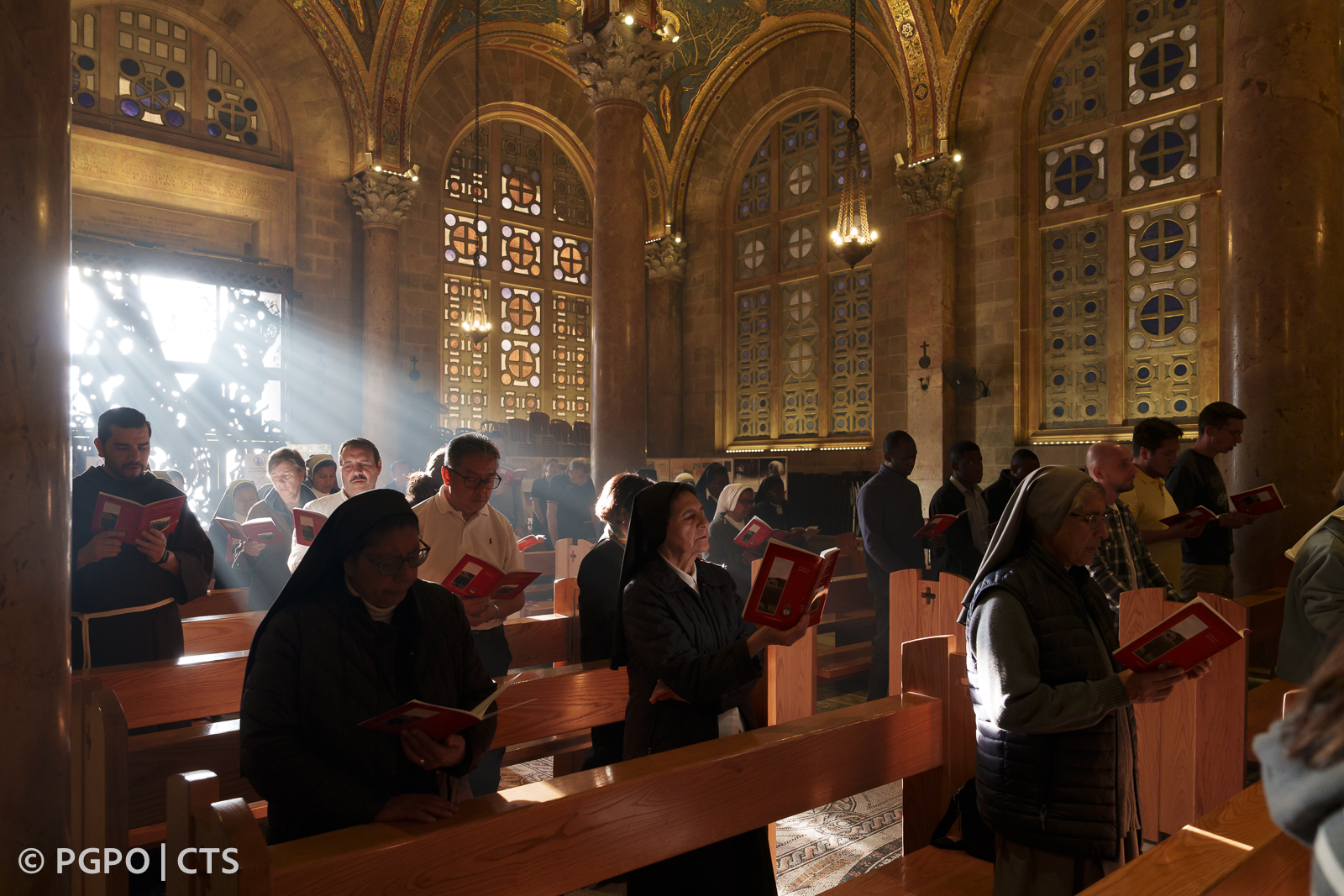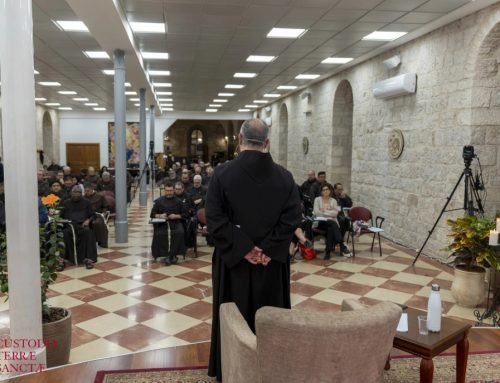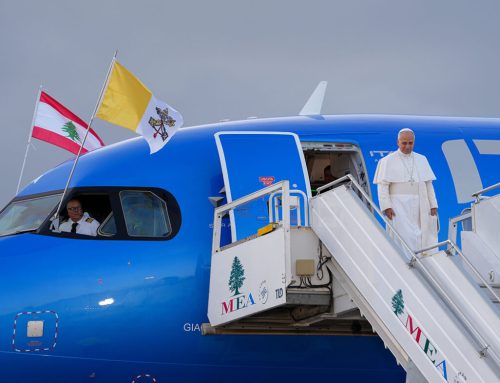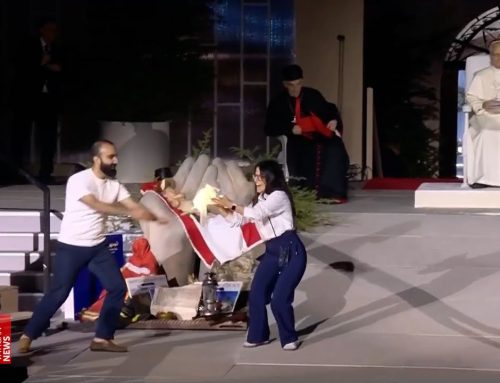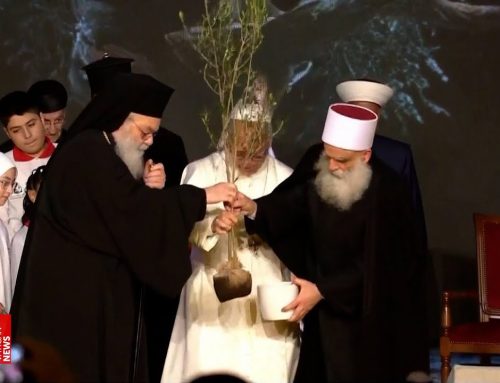For the second Lenten peregrination, on 26 March, the Franciscan friars of the Custody of the Holy Land gathered at Gethsemane, the place of Jesus’s agony.

The place of the agony
In the Basilica of the Agony, at the foot of the Mount of Olives, which stands in the place known as Gethsemane, there is a rock on which – according to tradition – Christ sweated blood while he prayed to his Father to move the cup of Passion away from him. The scene, described by the evangelist Luke, is shown in the large mosaic in the apse.
The Lenten stational Mass
The celebration of the Eucharist was presided over by Fra Alberto J. Pari, secretary of the Custody of the Holy Land. The Guardian of the convent, Fra Zacheusz Drazek, and Fra Piermarco Luciano, vicar of the fraternity of St Saviour, were the concelebrants.
The homily was delivered by Fra Ulise Zarza, educator at the International Theological Seminar of Jerusalem and lecturer in patristics at the Studium Theologicum Jerosylmitanum , who this year was asked to guide the meditations during the peregrinations.
From Nicaea to Gethsemane
In a path that combines the word of the Gospel on the memory of the Council of Nicaea – 1700 years after it was held – Fra Uise focused in his homily on the “agony of God”. The meditation started off from the concept of “consubstantiality” (the assertion that the Son is made of the “same substance” as the Father) including in the text of the Credo of Nicaea.
“All the Fathers had to take a path of discernment, leaving aside personal opinions and accepting what the spirit was saying to the Church.” “It is,” Fra Ulise emphasized, “a path of ecclesial discernment,” and today’s faithful are asked to take the same path.

The agony of God

“At Gethsemane we contemplate not a simple man who is suffering, but the Son of God who is redeeming the world,” Fra Ulise stressed. “In the light of the teachings of Nicaea, in particular of the word ‘consubstantial,’ the scene of Gethsemane puts us in front of a God who, paradoxically, is suffering and dying; it cannot be a simple creature who suffers in Gethsemane, a creature is not capable of carrying the weight of the sin of the world , let alone redeem it. In front of us there is Christ, i.e. God manifested in our human flesh; it is he who here takes on all the pain and sin of the world.”
Invitation to faith
A clear invitation echoed in Gethsemane: “Keep vigil and pray, not to enter into temptation.” In this sense,” Fra Ulise exhorted, “the Church is called to ‘vigil’ not to leave us to be driven by ideologies and seduced by the distorted images of Christ his Bridegroom.”
From Gethsemane, 1700 years after the Council of Nicaea, a clear invitation to “renew the confession in Christ, the Son of God, ‘light from light’ the real God from the real God,” and to “put Christ, the Verb of God incarnate” at the centre of our contemplation and adoration.
By Marinella Bandini | custodia.org
Source Link: https://www.custodia.org/en/news/the-agony-of-jesus-a-real-man-and-real-god/

